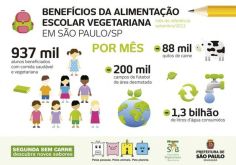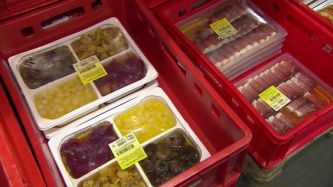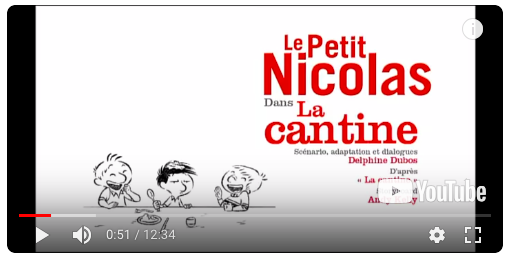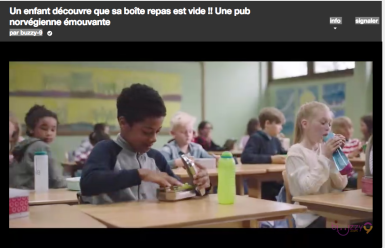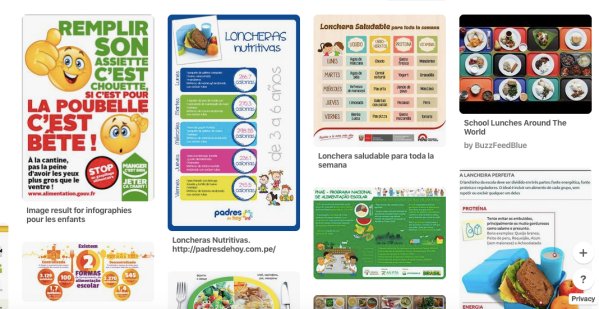

In a proficiency-based classroom, students are assessed using real world tasks that allow them to demonstrate their language skills through performances. Giving students real world tasks comes as close as possible to an actual situation language learners might encounter with a native speaker in the target language.
Within the task, students interact with authentic text to practice interpretive skills and to add ideas for students to use in their final product, whether it be through speaking or writing.
Performance vs. Proficiency
When considering creating performance assessments for students, it is important to understand the difference between performance and proficiency. In essence, students have been “frontloaded” with the language they need for a performance assessment. The assessment is typically given after having explored a particular topic or theme which the students have been practicing.
Proficiency is measured when a student reacts to a prompt that may not be based on a recent topic covered in class. Students access language they need from their previous experiences and what they know about how language works to complete the task.
Performance assessments can range from focused on a single mode or involving integrated modes. Essential elements include: learning target (can-do statements), proficiency target, proficiency-based rubric, instructions to the student, and a scenario.
Performance toward proficiency is measured by using proficiency-based rubrics. Those rubrics may have criteria on which the student performance or product is measured such as vocabulary, language control, comprehensibility, complexity, etc. Here is an example below:
You can find additional examples of rubrics at this link:
Selecting the authentic text
Find an authentic text that is aligned to the unit theme, at the appropriate level for students’ age and expected proficiency level, and is interesting to students. The text might be in the form of a quote, an infographic, or a short video or audio clip.
Offering choices in the authentic text is learner-friendly and gives students a sense of control in the task.
I invite you to visit my Pinterest boards which are organized by themes to select authentic resources for your performance assessments:
Developing a scenario
When creating scenarios for performance tasks, consider the following:
- real life situations that connect with the authentic text
- opened-ended
- interesting to students
- appropriate to students’ age and proficiency level
Here are some examples of possible performance task authentic texts and scenarios;
Novice Mid/Novice High:
Scenario: You’re on vacation with your family in Paris. After feeling a little off yesterday, you woke up feeling horrible. You think you have a cold, because you have a headache, a sore throat and you’ve been coughing non-stop. You need medicine! You decide to go to a nearby pharmacy. The pharmacist asks you to explain how you feel and what you need. Describe how you feel to the pharmacist. Use your notes from the infographics.
Authentic Text: Select one of the infographics below to take notes on what the symptoms of cold and flu are:
When creating your speaking or writing product/performance, you should consider including:
- That you are on vacation with your family
- How you felt yesterday
- How you feel today
- Ask if the pharmacist has anything for the pain
- Tell what you need (medicine, syrup/pill)
- Ask how much the medicine is
- Any other information that the pharmacist would find helpful.
Novice High/Intermediate Low
Scenario: You have been going through your closet and you know that you need to get rid of a few things. The items are still in great condition, so you decide to put two outfits on eBay to sell. In order to reach more potential buyers, you have decided to create your post in Spanish. You also want to include in your post reasons why buying second hand clothing is environmentally friendly.
Authentic text: Select one of the infographics below to take notes on why buying second hand clothing is earth-friendly.
When creating your speaking or writing product/performance, consider including:
- A greeting
- Two outfits you want to sell
- Description of the outfit
- Brand, sizes, colors, fit of each item of clothing
- Price you would like for the outfit
- Method of payment you will accept
- Reasons why buying second hand clothing is green
Feel free to include any other relevant information in Spanish.
Supporting students through performance tasks
Students may be very anxious and self-conscious about performance assessments. Struggling learners may feel unprepared, unsure, are afraid to take risks, and do not feel skilled at the content. One solution may be providing graphic organizers for student to use to take notes from the authentic text and to organize their thoughts and brainstorm language they want to use to express their ideas.
Here is a link to a Powerpoint with multiple generic graphic organizers to use for performance tasks.
Preparing students for performance assessments
Before having students complete performance assessments in a high stakes setting, here are some tips on preparing them for the experience:
- Model the process using think alouds
- Analyze models/samples
- Plan sentence combining practice
- Practice with authentic text
- Practice using graphic organizers
- Practice speaking and writing in low stakes settings using rubrics
- Having students peer evaluate and self evaluate using rubrics

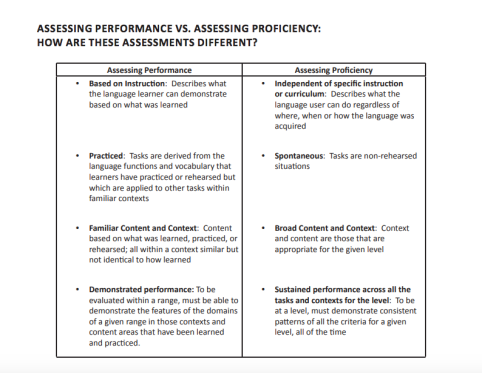

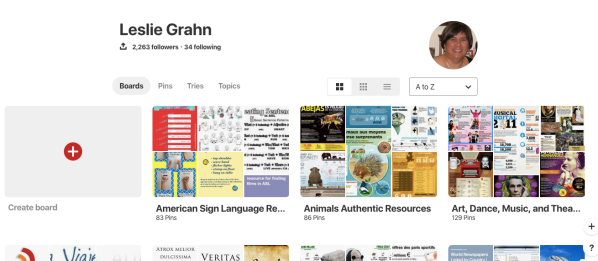

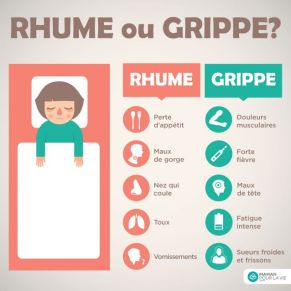
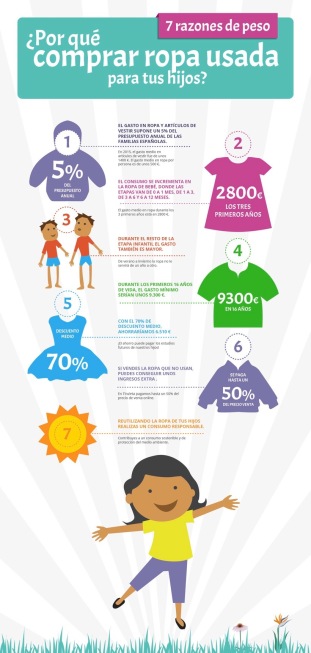
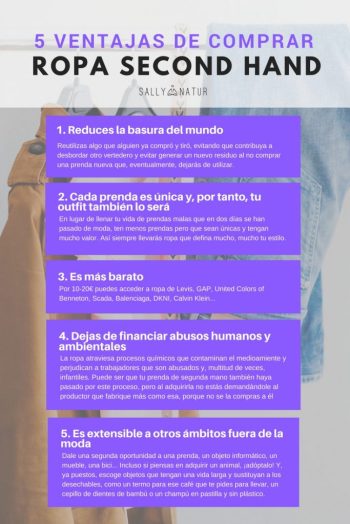

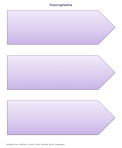


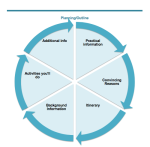

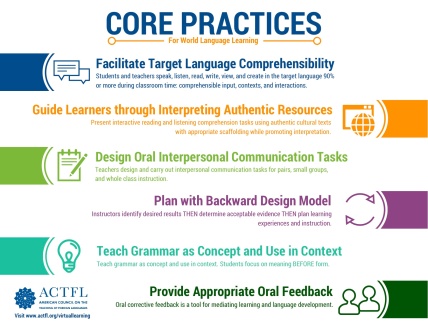
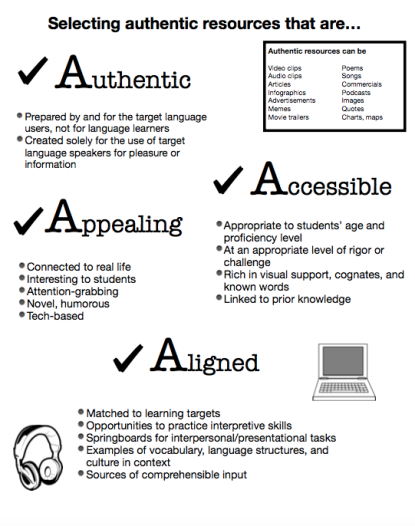
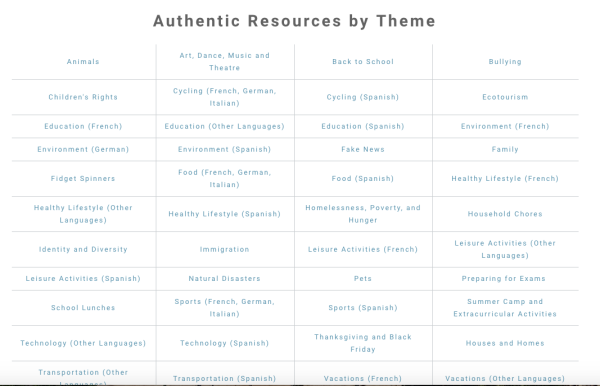


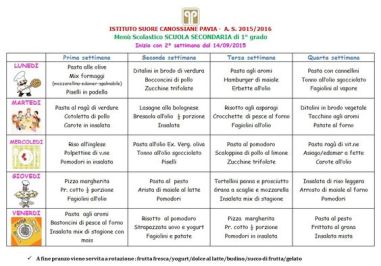
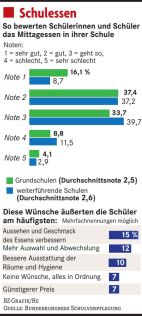 .
.